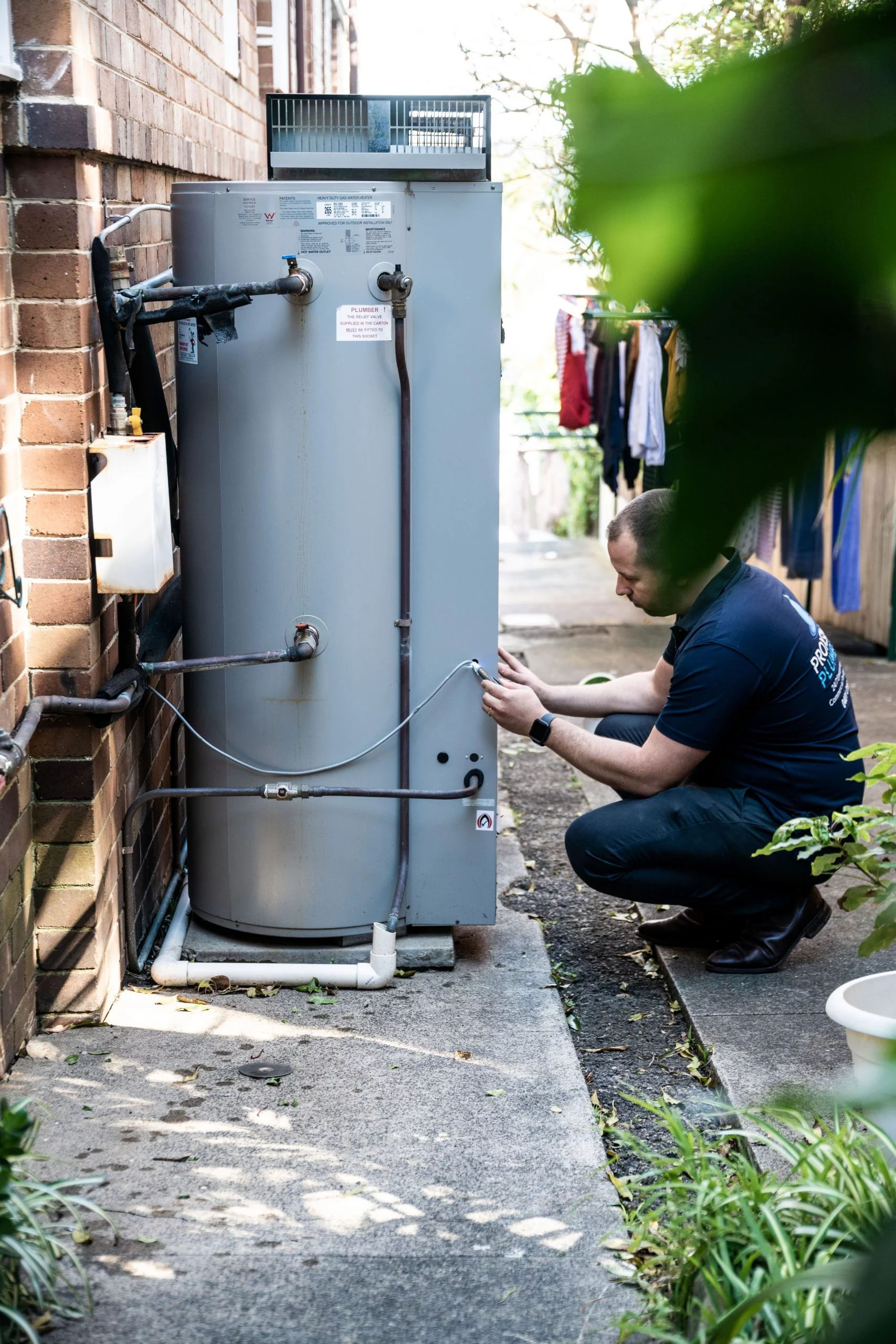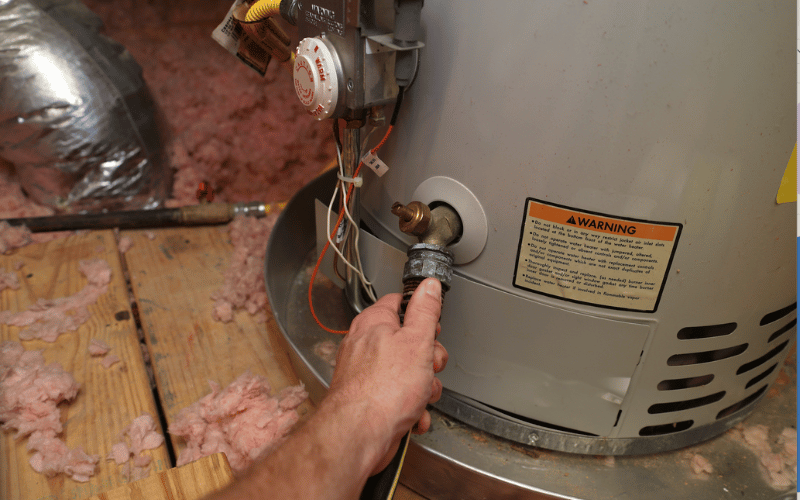Maintaining Your Home's Hot Water System: Important Tips
Maintaining Your Home's Hot Water System: Important Tips
Blog Article
The article which follows on the subject of Tips For Maintaining Your Hot Water Heater is truly compelling. Don't skip it.

Hot water is important for everyday comfort, whether it's for a revitalizing shower or washing meals. To guarantee your hot water system runs successfully and lasts longer, normal maintenance is vital. This short article supplies practical ideas and insights on exactly how to keep your home's hot water system to prevent disruptions and pricey repairs.
Intro
Maintaining your home's warm water system could seem complicated, but with a couple of simple steps, you can guarantee it operates efficiently for years to find. This overview covers whatever from recognizing your hot water system to do it yourself upkeep suggestions and understanding when to call in expert help.
Value of Maintaining Your Hot Water System
Normal maintenance not only expands the lifespan of your hot water system yet also ensures it operates effectively. Disregarding upkeep can result in reduced performance, higher energy bills, and even early failing of the system.
Signs Your Warm Water System Demands Maintenance
Knowing when your hot water system requires focus can prevent major problems. Keep an eye out for indicators such as inconsistent water temperature, odd sounds from the heating system, or rustic water.
Comprehending Your Warm Water System
Prior to diving into maintenance tasks, it's valuable to comprehend the fundamental parts of your warm water system. Typically, this includes the water heater itself, pipelines, anode poles, and temperature level controls.
Month-to-month Upkeep Tasks
Regular monthly checks can help catch minor problems prior to they intensify.
Purging the Hot Water Heater
Purging your hot water heater gets rid of sediment buildup, boosting performance and lengthening its life.
Monitoring and Replacing Anode Rods
Anode rods prevent corrosion inside the container. Evaluating and changing them when broken is crucial.
Inspecting and Adjusting Temperature Setups
Readjusting the temperature level setups makes certain optimum efficiency and safety and security.
Do It Yourself Tips for Upkeep
You can execute numerous upkeep jobs yourself to keep your hot water system in leading problem.
Looking for Leaks
Frequently inspect pipelines and links for leakages, as these can cause water damages and higher costs.
Checking Pressure Alleviation Valves
Checking the pressure safety valve guarantees it functions appropriately and avoids too much pressure build-up.
Insulating Pipelines
Insulating warm water pipes minimizes heat loss and can conserve power.
When to Call an Expert
While do it yourself maintenance is valuable, some issues call for professional competence.
Facility Issues Needing Specialist Assistance
Instances include major leakages, electrical issues, or if your hot water heater is continually underperforming.
Routine Specialist Maintenance Conveniences
Expert upkeep can include thorough evaluations, tune-ups, and making certain conformity with security criteria.
Conclusion
Normal maintenance of your home's hot water system is crucial for efficiency, durability, and price savings. By adhering to these tips and understanding when to seek expert aid, you can ensure a trustworthy supply of hot water without unexpected interruptions.
Water Heater Maintenance Tips
Test the TPR Valve
Shut off the power and the cold-water supply valve. Place a bucket under the pipe connected to the temperature-pressure-release (TPR) valve on the top or side of the tank. (This valve opens if the tank pressure gets too high.) Lift the valve’s tab to let some water out, then let go. If water keeps flowing, drain the tank partway, unscrew the old valve with a pipe wrench, and install a new one. Check the Anode Rod
Put a hose to the tank’s drain cock and let out a few gallons of water. Now fit a 1 1/16-inch socket onto the rod’s hex head on top of the heater (or under its top plate) and unscrew the rod. If it’s less than ½ inch thick or coated with calcium, buy a new one, wrap its threads with Teflon tape, put it back in the tank, and tighten securely. Use this segmented rod if headroom above the tank is limited. Drain the Tank and Wash Out Sediment
Drain the remaining water in the tank into the bucket, then stir up the sediment on the tank’s bottom by briefly opening the cold-water supply valve. Drain and repeat until clean water comes out of the hose. Close the drain cock, refill the tank, and turn its power back on. Adjust the Temperature
Find the temperature dial on the side of the tank and unscrew its cover. Adjust the dial to 120 degrees using a flathead screwdriver. For every 10 degrees the temperature is lowered, you can expect to save up to 5 percent in energy costs. Turn the water heater off or the thermostat down to its lowest setting if you plan to be away from home for more than three days. Insulate the Pipes
Buy some self-sticking 3/8-inch-thick foam pipe insulation that matches the pipes’ diameter. Slide the foam over the hot-and cold-water pipes as far as you can reach. Insulating the cold-water pipe prevents condensation in summer. Peel the tape and squeeze the insulation closed. If the pipe is 6 inches or less from the flue, cover it with 1-inch-thick unfaced fiberglass pipe wrap. https://www.thisoldhouse.com/plumbing/21016402/how-to-maintain-a-water-heater

I am very intrigued by Tips For Maintaining Your Hot Water Heater and I really hope you liked the entire article. Liked our piece? Please quickly share it. Let others find it. Thanks a lot for being here. Come back soon.
Schedule Appointment Report this page